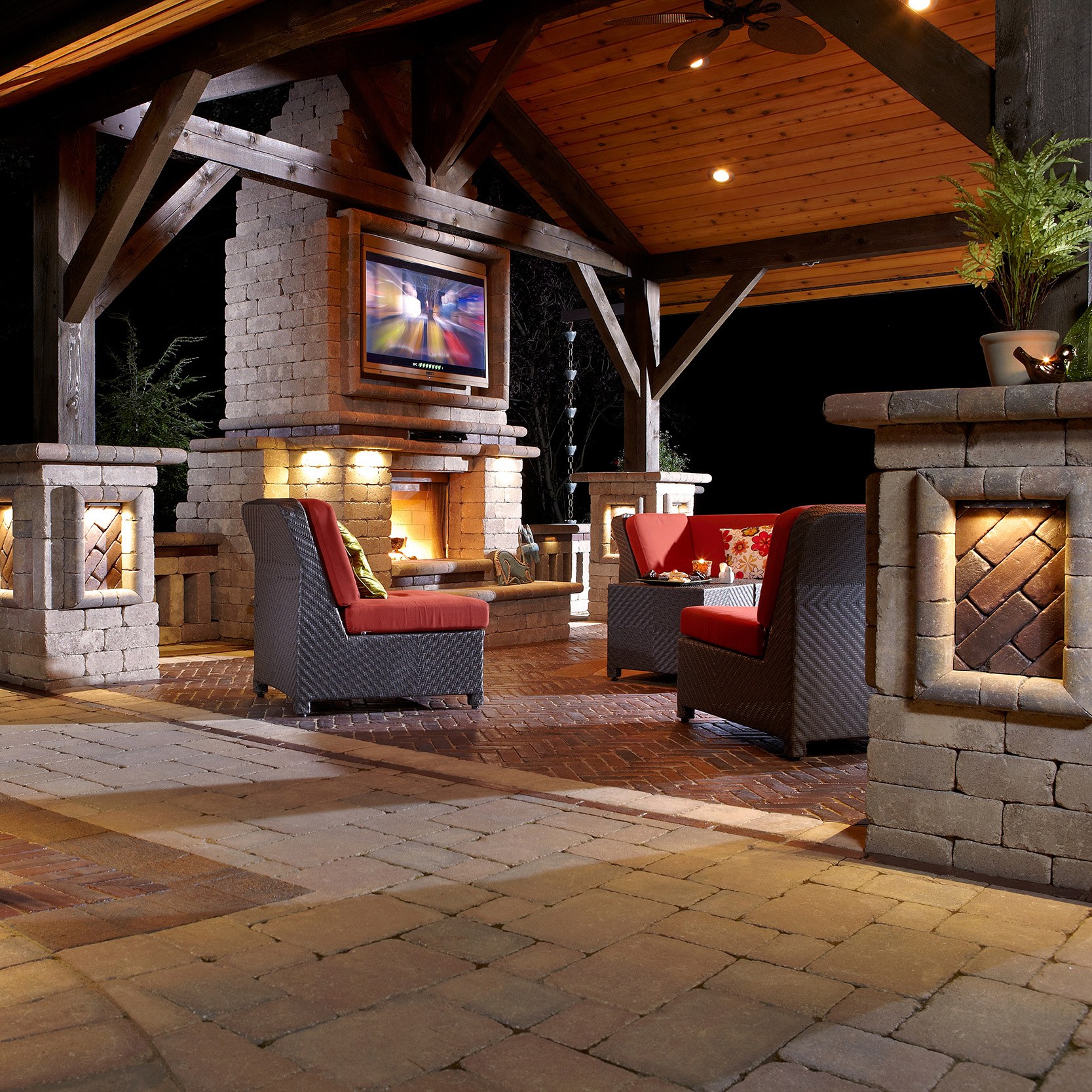Introduction
Lighting is an essential aspect of modern life, providing us with the ability to see and operate in our surroundings during the hours of darkness. Illumination systems comprise a wide range of components, from simple bulbs to complex control systems. In this article, we will explore the various types of lighting parts that make up a typical illumination system, and delve into their various functions and characteristics.
Types of Lighting Parts
Bulbs and Lamps
The most fundamental component of any illumination system is the light bulb, or lamp. The most common type is the incandescent bulb, which emits light by heating a tungsten filament to a high temperature. However, LED bulbs are rapidly gaining in popularity due to their lower energy consumption and longer lifespan. Other types of bulbs include halogen, fluorescent, and neon varieties.
Ballasts and Transformers
In some lighting systems, a ballast or transformer is required to regulate the flow of electricity to the bulb. Ballasts are typically used in fluorescent lamps, whereas transformers are used in systems that require low-voltage bulbs. Both devices are essential components that ensure the proper operation and longevity of the illumination system.
Reflectors and Diffusers
Reflectors and diffusers are used to direct and spread the light emitted by the bulb, respectively. Reflectors are typically made of metal and are used to focus the light in a specific direction or pattern. Diffusers, on the other hand, are made of translucent materials such as plastic or glass and are used to soften and disperse the light, creating a more uniform illumination.
Control Systems
In more complex lighting systems, control systems are used to manage the operation and regulation of the lights. These systems can include timers, dimmers, motion sensors, and other devices that provide a high degree of customization and energy efficiency.
Function and Characteristics of Lighting Parts
Bulbs and Lamps
The main function of bulbs and lamps is to emit light, and their characteristics vary depending on the type of bulb. Incandescent bulbs are known for their warm, yellowish light, while LED lights can produce a range of colors and hues. Both types are designed to be durable and long-lasting, and newer LED bulbs can last up to 25 years.
Ballasts and Transformers
The function of ballasts and transformers is to regulate the flow of electricity to the bulb, which in turn affects the brightness and lifespan of the lamp. Ballasts are used to regulate the voltage in fluorescent lamps, which have a tendency to flicker without them. Transformers are used to power low-voltage bulbs, ensuring they operate safely and efficiently.
Reflectors and Diffusers
Reflectors and diffusers are essential components of any lighting system, as they control the direction and quality of the light emitted by the bulb. Reflectors can be customized to focus the light in a specific direction, while diffusers can soften and distribute the light evenly throughout a space.
Control Systems
Control systems provide a high degree of flexibility and customization to lighting systems. By using timers, motion sensors, and other devices, lights can be activated and deactivated automatically based on the occupancy of a room, reducing energy consumption and prolonging bulb life. Dimmers allow users to adjust the brightness of the lights according to their needs, creating a mood or ambiance as desired.


